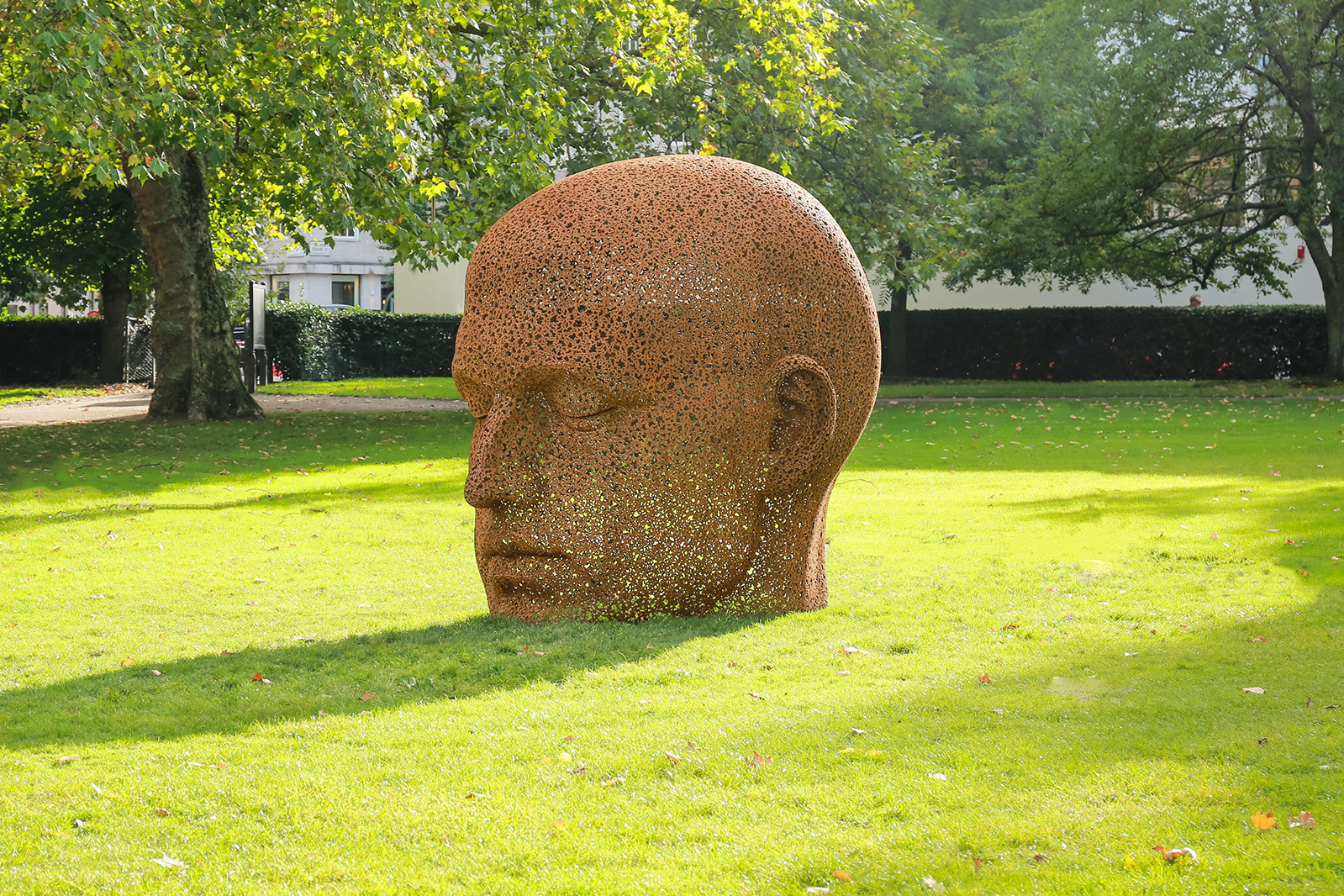Introduction
Outdoor art, particularly in the form of sculptures, has long been a mesmerizing expression of human creativity set against the backdrop of nature. From city parks to botanical gardens, public squares to mountain trails, outdoor sculptures enhance the aesthetic appeal of natural environments, inviting viewers to engage with art in unconventional and inspiring ways. This article explores the profound impact of outdoor art, with a focus on the beauty and significance of sculptures that seamlessly blend with the great outdoors.
The Evolution of Outdoor Sculptures
The history of outdoor sculptures is as rich and diverse as the cultures that created them. Ancient civilizations, such as the Greeks and Romans, adorned their public spaces with monumental sculptures, depicting gods, heroes, and historical figures. These sculptures not only served as artistic expressions but also as symbols of power, influence, and cultural identity. As time progressed, the Renaissance era witnessed a revival of interest in classical forms, and sculptors like Michelangelo and Bernini produced masterpieces that continue to influence outdoor sculpture today.
Contemporary Expressions
While classical themes endure, contemporary outdoor sculptures have expanded the boundaries of artistic expression. Modern sculptors experiment with materials, forms, and conceptual ideas, resulting in a diverse array of outdoor art installations. Stainless steel, bronze, glass, and recycled materials find their way into sculptures, each telling a unique story that resonates with the artist’s vision and the environment in which it is placed.
Public Spaces as Galleries
One of the remarkable aspects of outdoor sculptures is their accessibility. Unlike traditional gallery spaces, outdoor art engages people in unexpected and unscripted ways. Public parks, urban squares, and botanical gardens become open-air galleries, inviting individuals of all backgrounds to experience art without the constraints of admission fees or enclosed spaces. This democratization of art fosters a sense of inclusivity and brings cultural enrichment to a broader audience.
Sculptures in Nature
The integration of sculptures into natural settings creates a symbiotic relationship between art and the environment. Sculptures in botanical gardens, for instance, harmonize with the surrounding flora, providing a contemplative and immersive experience for visitors. Land art, a subcategory of outdoor sculpture, takes this integration a step further by using natural elements as integral components of the artwork. Whether it’s a sculpture nestled in a forest clearing or an installation on a coastal cliff, these outdoor artworks celebrate the beauty of nature while contributing to the overall aesthetic.
Symbolism and Meaning
Outdoor sculptures often carry symbolic meanings that resonate with both the artist’s intention and the context of their placement. Public monuments, such as statues honoring historical figures or commemorating significant events, serve as tangible reminders of shared history and cultural identity. Contemporary sculptures, on the other hand, may provoke thought and invite interpretation, allowing viewers to engage with the artwork on a personal and emotional level.
Interactive and Kinetic Sculptures
Advancements in technology have paved the way for interactive and kinetic sculptures that respond to environmental stimuli or viewer interaction. These sculptures transcend the traditional static form, creating dynamic and engaging experiences. Wind-powered sculptures that dance with the breeze, interactive installations that respond to touch or movement, and light sculptures that transform with the changing daylight showcase the evolving nature of outdoor art.
Challenges and Conservation
While outdoor sculptures enhance public spaces, they also face challenges related to conservation and preservation. Exposure to the elements, vandalism, and the passage of time can impact the structural integrity and aesthetic appeal of outdoor artworks. Conservation efforts become crucial to ensure that these sculptures endure for future generations. Additionally, the selection and placement of outdoor sculptures require careful consideration to maintain harmony with the natural surroundings and architectural context.
The Cultural Impact
Outdoor sculptures contribute significantly to the cultural fabric of communities. Beyond their aesthetic value, sculptures serve as landmarks, meeting points, and cultural identifiers. Public art initiatives that involve local communities in the creation and selection of outdoor sculptures strengthen civic pride and foster a sense of ownership. In this way, outdoor art becomes a dynamic reflection of the collective identity of a place and its people.
Conclusion
Outdoor sculptures, with their ability to merge artistic expression with natural landscapes, offer a unique and transformative experience for viewers. From classical monuments to contemporary installations, the world of outdoor art continues to evolve, pushing the boundaries of creativity and engaging communities in meaningful ways. As we celebrate the beauty and significance of outdoor sculptures, we acknowledge their power to inspire, provoke thought, and create lasting connections between art and the great outdoors.






More Stories
Wilde Blumen, wilde Herzen – Warum dein nächster Strauß von Regionsflorist.de kommen sollte
Wie Klima und Boden Kalifornisches Weed zum Besten der Welt machen
Gartensauna: Eine Oase der Entspannung im eigenen Garten